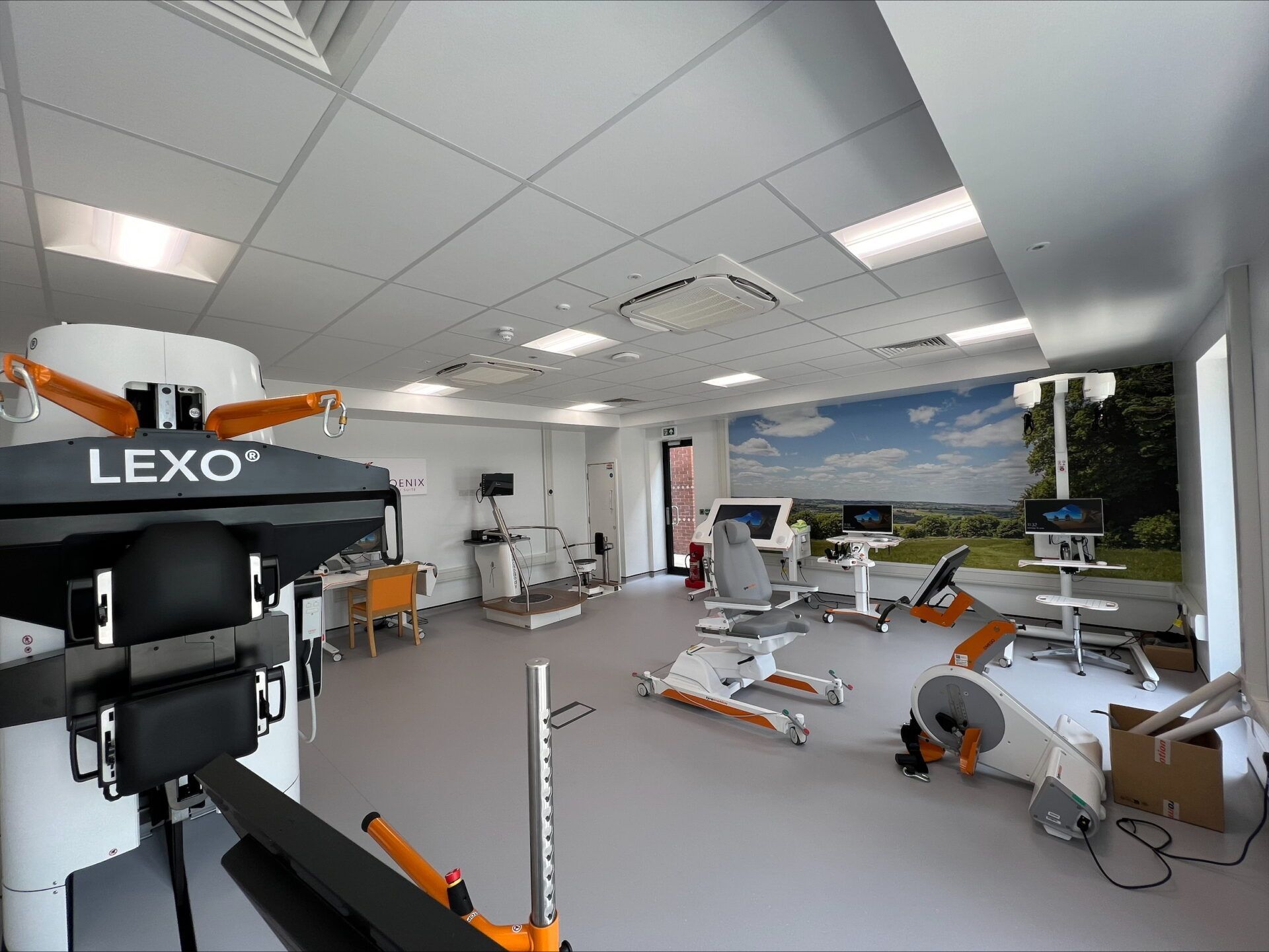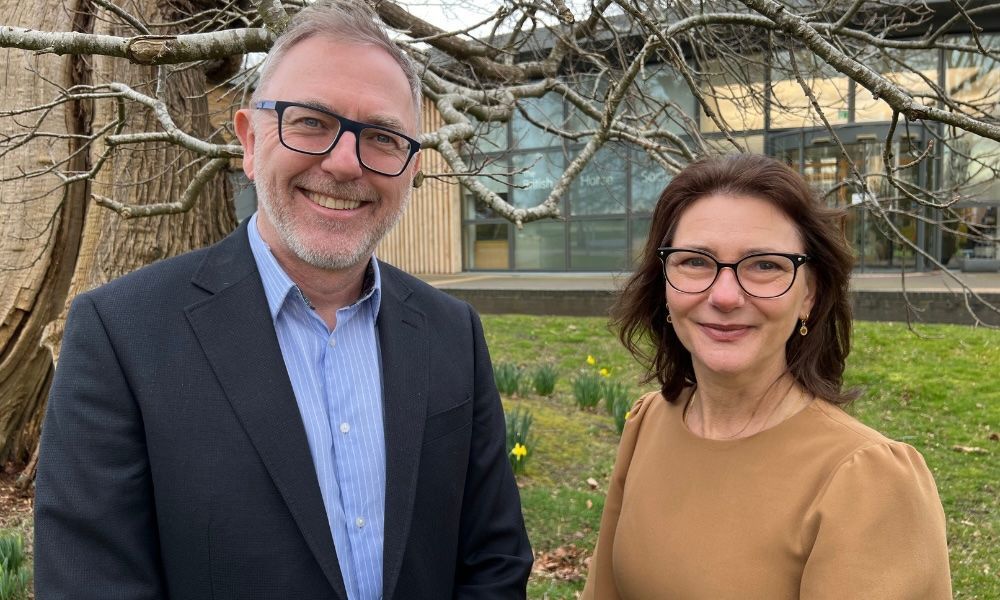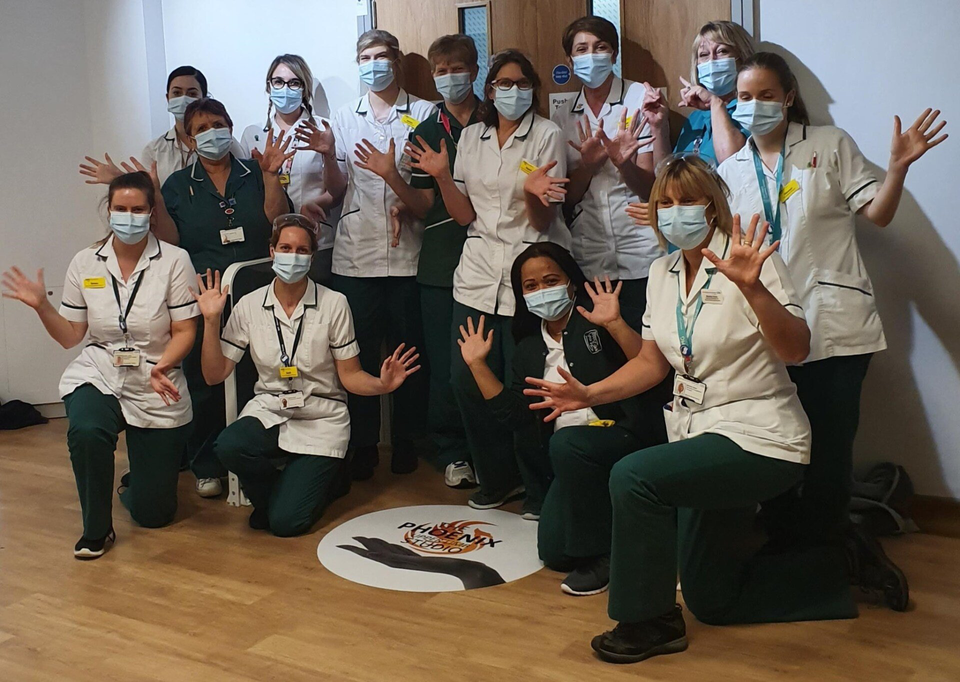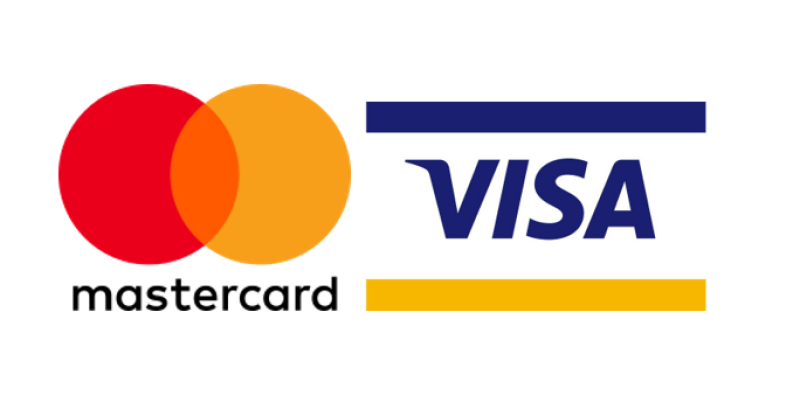National Spinal Injuries Centre Launches Upper Limb Studio
National Occupational Therapy week see the launch of The Phoenix Upper Limb Studio at the National Spinal Injuries Centre at Stoke Mandeville Hospital
Ectron is proud to share that the National Spinal Injuries Centre (NSIC) at Stoke Mandeville Hospital has launched it's Upper Limb Studio this week and it couldn't be more fitting as it is also National Occupational Therapy Week!
“The “Phoenix Studio” is the new upper limb rehabilitation project at the National Spinal Injuries Centre. The new therapy suite launched this week features Tyromotion's:
- Amadeo - hand, fingers and thumb robotic rehabilitation
- Diego - bi-lateral arm and shoulder robotic rehabilitation
- Myro - interactive therapy surface
- Pablo - hand-arm therapy and assessment device
- Tymo - therapy board
The Buckingham Healthcare NHS Trust says:
The Trust is celebrating the launch of an upper limb studio within the National Spinal Injuries Centre (NSIC) at Stoke Mandeville Hospital. We are proud to announce that this facility is the first of its kind to be available within the NHS, and it is the first to focus specifically on the rehabilitation of the upper limb with spinal cord injured patients.
Rehabilitation is an essential part of the care patients within the NSIC receive. The upper limb studio provides a form of therapy that helps to impact on a patient’s quality of life by building the skills required for greater independence and achieving meaningful goals.
The Activity Based Restorative Therapy (ABRT) that the studio enables is an important and growing area of spinal cord injury research. ABRT involves the use of equipment to facilitate repetitive movement to improve a patient’s level of independence following spinal cord injury. This form of treatment originated through the work of Christopher Reeve (the American actor who played the role of ‘Superman’ and sustained a high level of spinal cord injury in 1995) and Dr John MacDonald and continues to be supported and promoted through the Reeve Foundation.
The treatment itself is based on activity dependent neural plasticity in which changes in the nervous system are driven by repetitive activation of the neuromuscular system above and below the level of injury. Motor activation and sensory stimulation are done to promote neural restoration.
Over the last eight years, the Occupational Therapy team at the NSIC has worked hard to create a database of ABRT equipment used in the treatment of people with spinal cord injury. Following the careful selection of the most appropriate equipment to suit the needs of specific NSIC patient groups, the team established an Activity Based Restorative Therapy Group. Over a three year period, working with small groups of patients within a therapeutic framework, the team demonstrated the positive impact of ABRT rehabilitation, and the overall impact on functional tasks such as feeding, drinking, return to driving, carrying out aspects of personal care, return to work etc.
Having proven its benefits, the Occupational Therapy team then set their sights on establishing a specific area within the NSIC where they could expand and develop ABRT further. It applied for charitable donations to fund the creation of a studio and visits to Germany and Tyromotion in Austria to identify appropriate equipment and gain an understanding of how the equipment is used in other clinical settings.
With the launch of the new studio, the Occupational Therapy team has set itself new goals and is developing the relationships and collaborations established through this process with commercial companies, organisations, academic institutions and charities, so it can contribute to clinical research and the development of equipment prototypes and design concepts and remain at the forefront of rehabilitation research for the benefit of its patients.
David Smith MBE, a two times world champion and London 2012 Paralympic Gold Medallist, who underwent a period of rehabilitation at the NSIC, attending the Upper Limb Restorative Therapy Group on a daily basis, said: "The OT upper limb group was amazing during my time at Stoke Mandeville. Not only did it provide me and the others in the group with a challenging programme of rehab, it gave me an enjoyable place to work hard, laugh and enjoy life all at the same time. This is crucial when going through such a massive change in life following a spinal cord injury and is something that’s often over looked - but not in the morning OT upper limb group! I was challenged every day with a combination of rehab approaches and established a great relationship with the staff and fellow patients which made the rehab process so much easier."
Ruth Peachment, Occupational Therapy Clinical Specialist at the NSIC, and passionate ABRT advocate, said: “I’m so proud that all the hard work by the occupational therapy team has paid off and we have realised our aim of an upper limb studio. I would like to thank all those who have supported us and our patients in this ambition over the years, with special thanks to Jojo Moyes, without whose support and considerable contribution this project would most likely not have been achieved. We’re now fully focused on the future and how we can work in partnership with patients, research bodies, design companies and manufacturers to further enhance the independence, personal achievement and personal wellbeing of those living with spinal cord injury.”
To read the National Spinal Injury Centres full article please click here:
https://www.buckshealthcare.nhs.uk/About/nsic-upper-limb-studio-launches-2.htm
To learn more about how Tyromotion devices can benefit your patients, please click here or to book a demonstration, please call the Ectron team on 0117 941 3979 or email: enquiries@ectron.co.uk or complete the contact form below
Contact Us
Share this post
More Recent News





